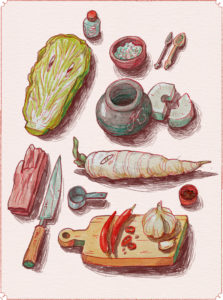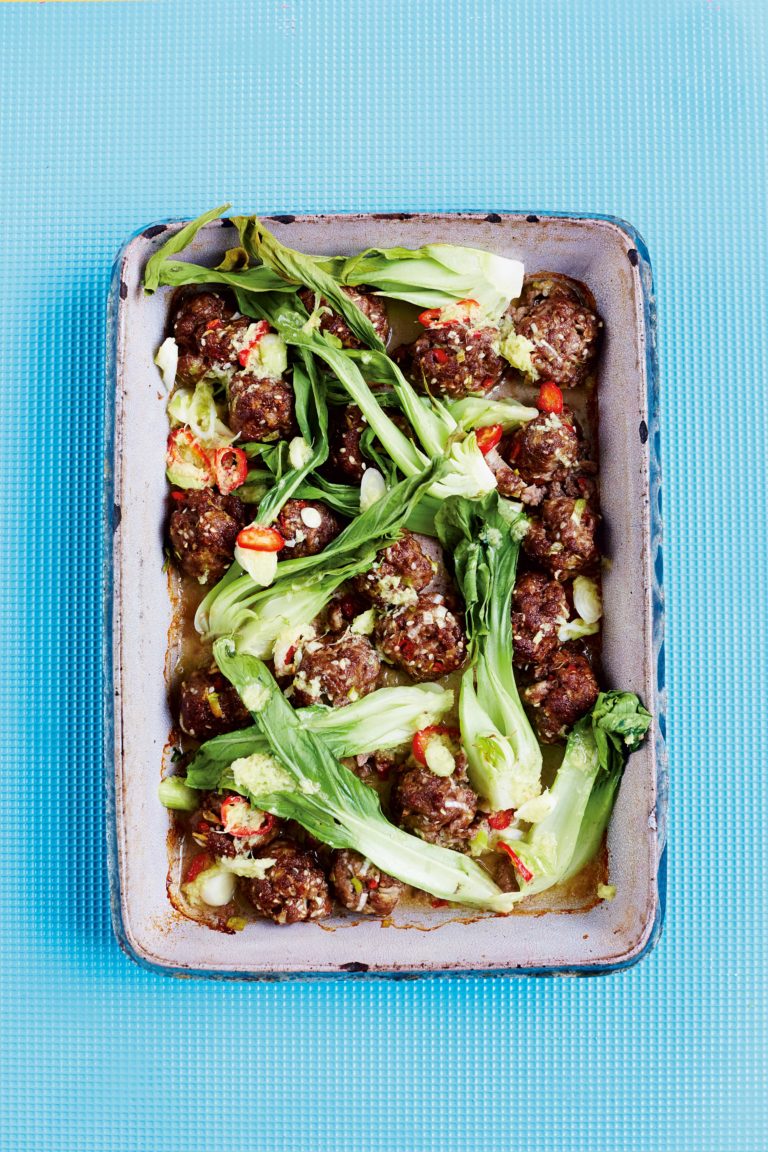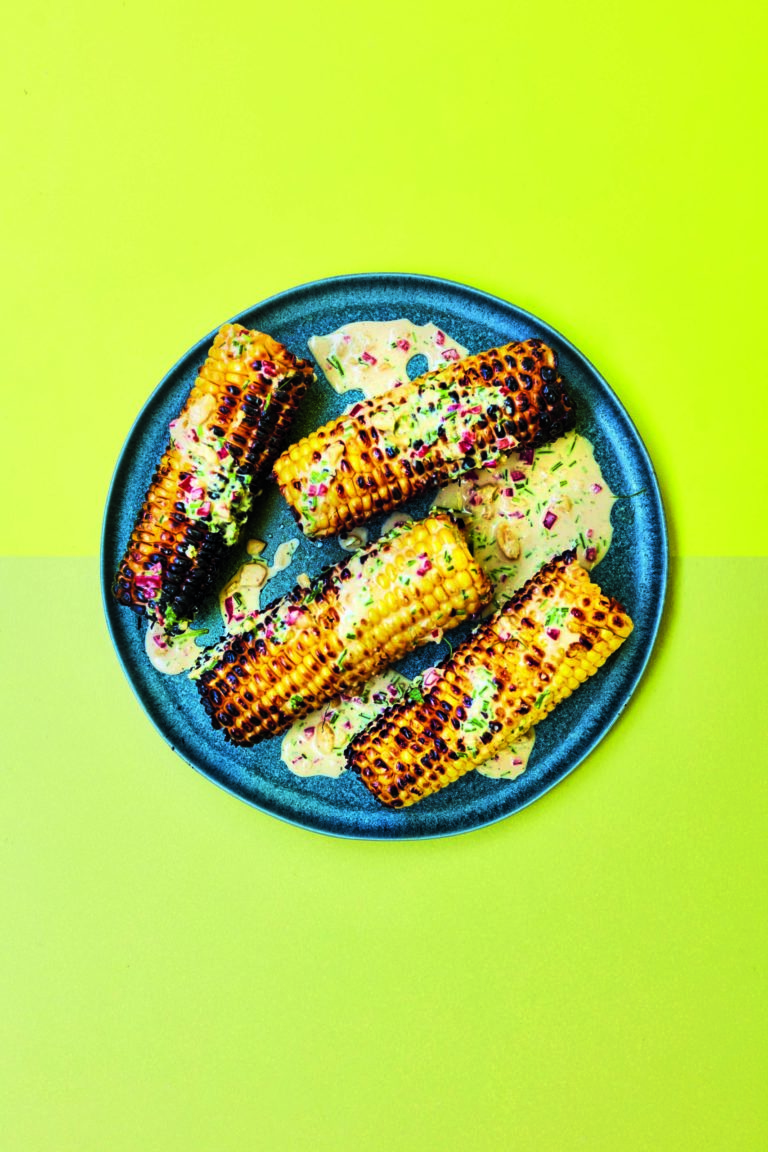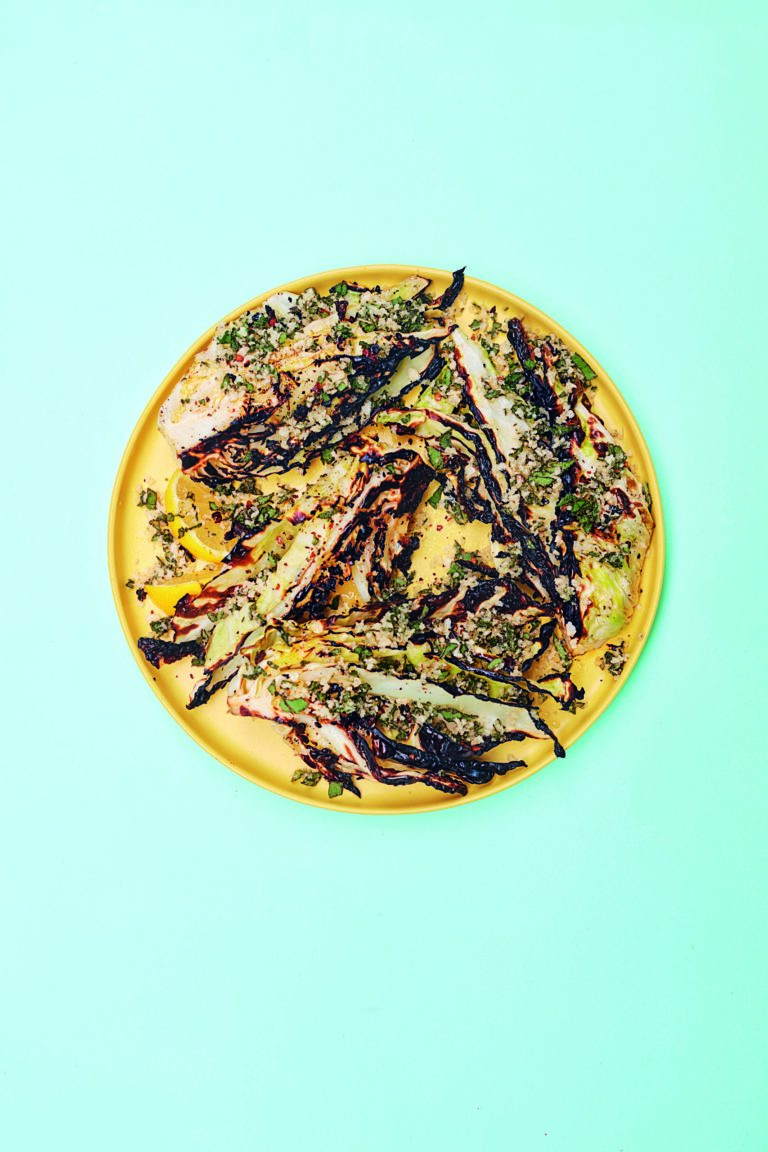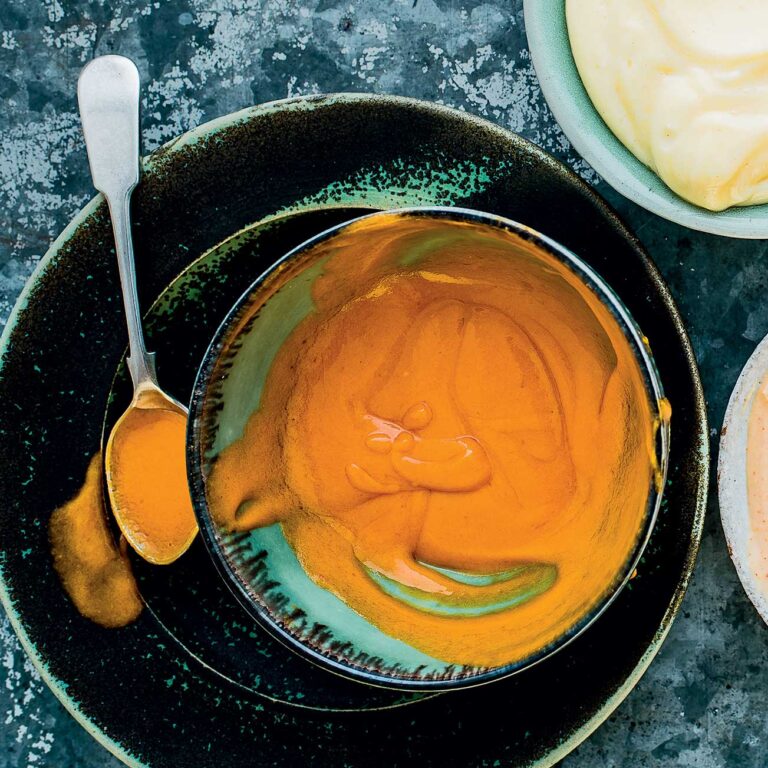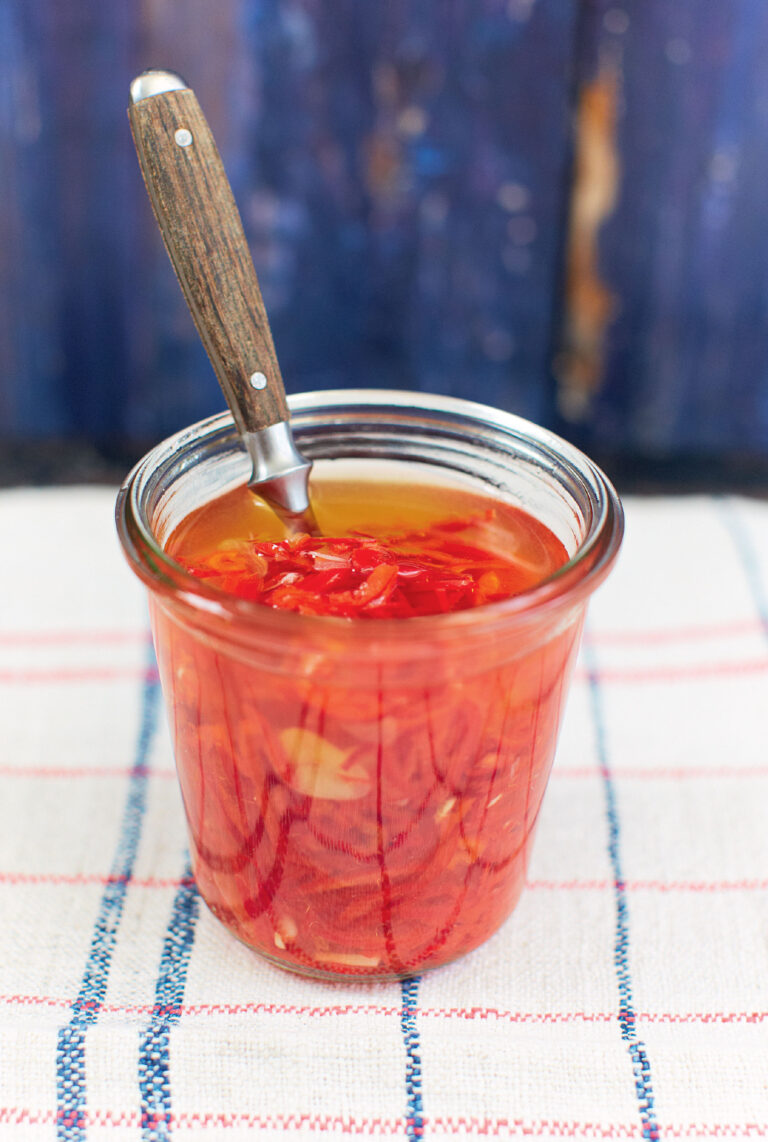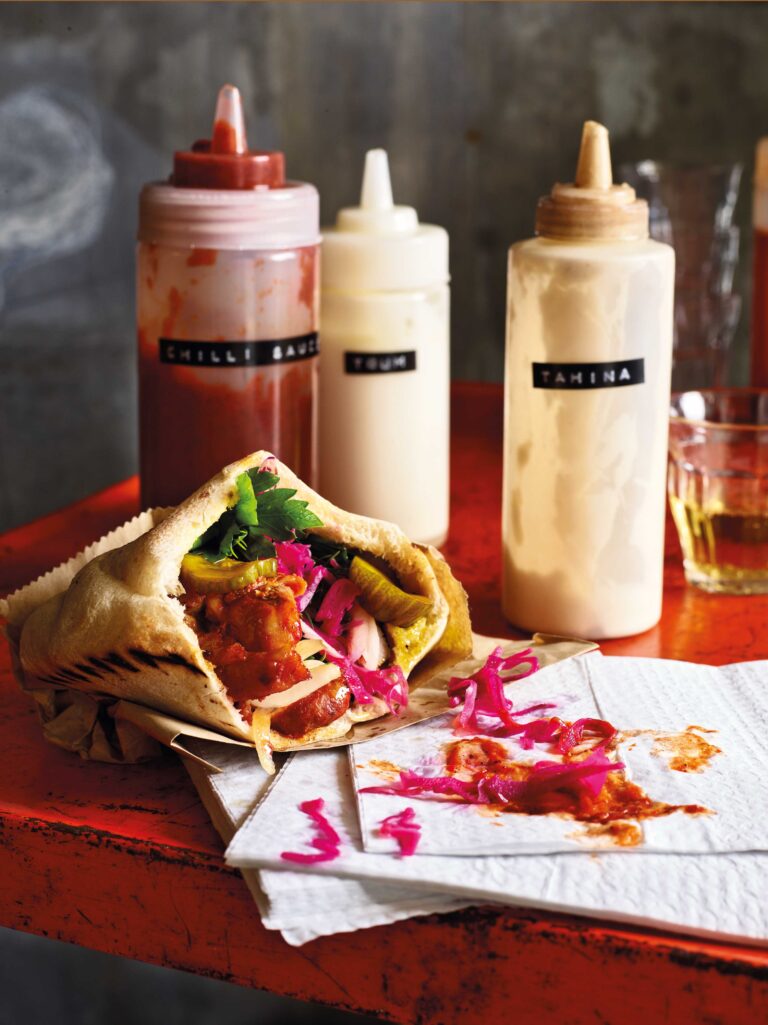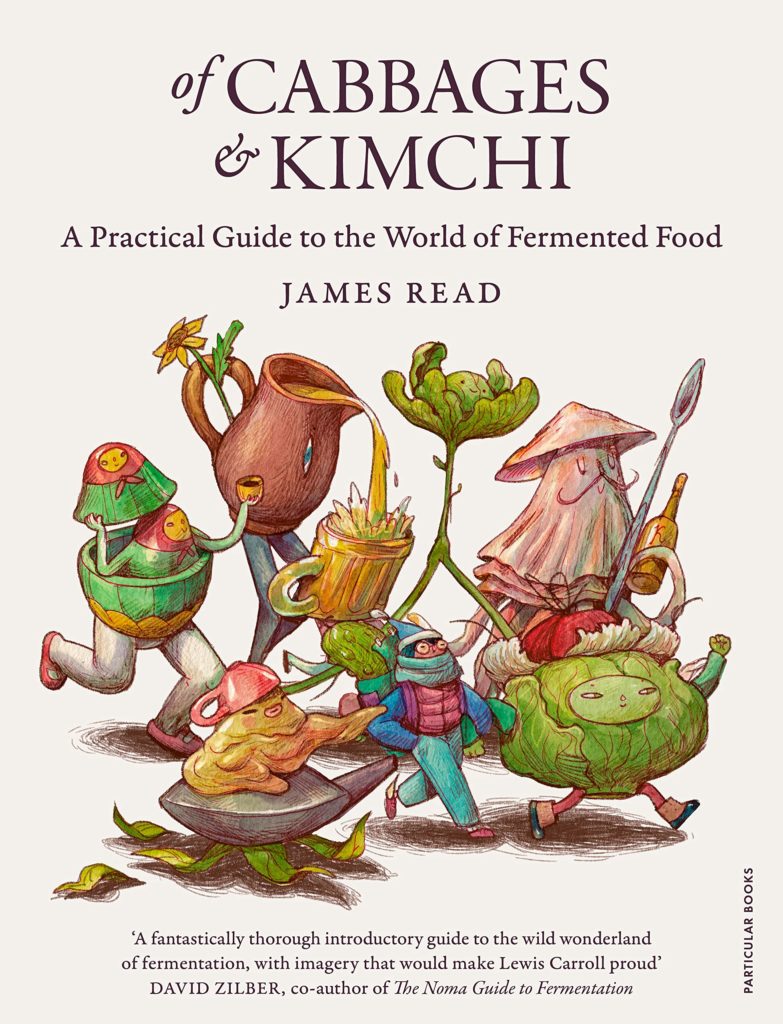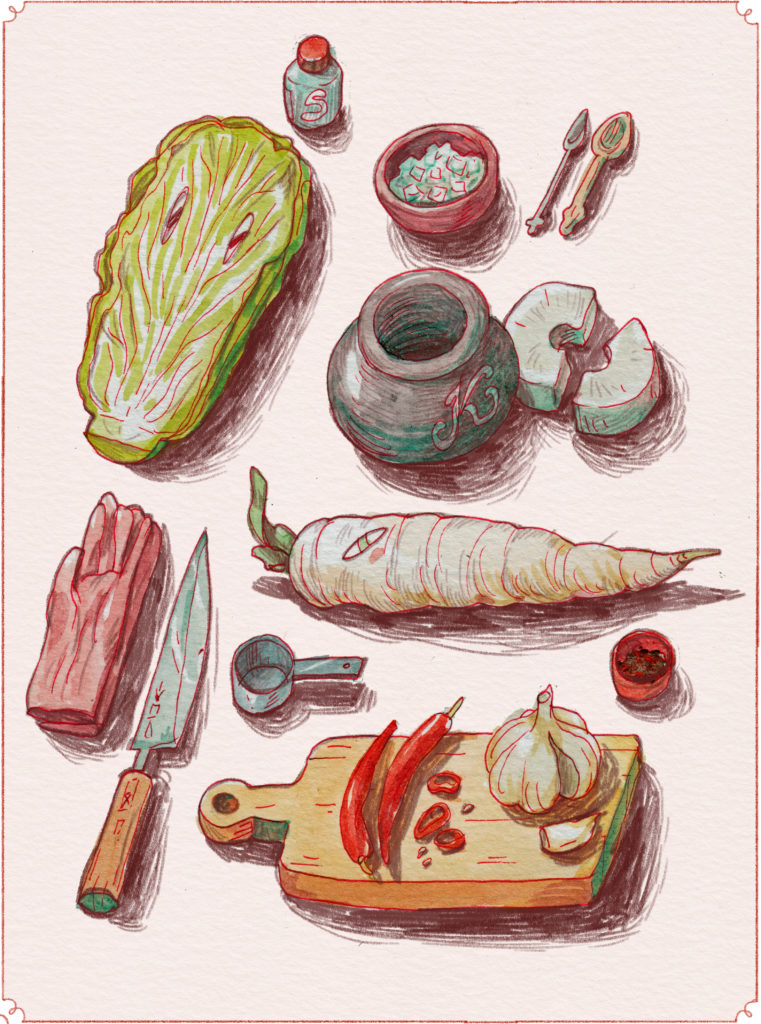Everyday Hot Sauce
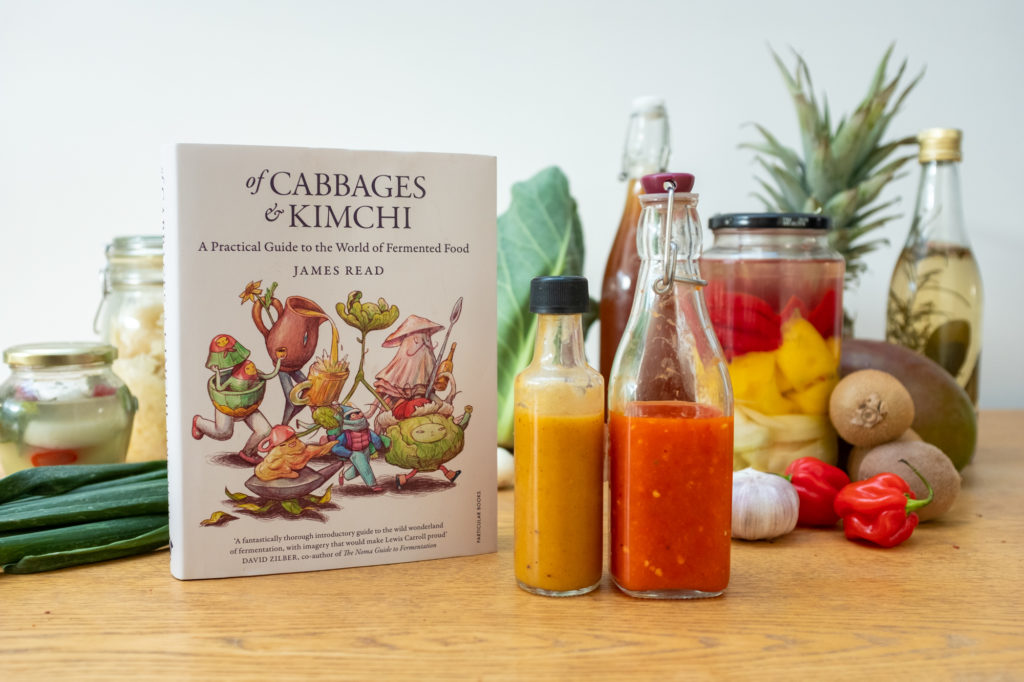
This highly adaptable recipe results in a delicious hot sauce that you can use to add a touch of heat to your favourite dishes.
From the book
Buy From
Introduction
I implore you to please wear the gloves. When working with large numbers of chillies, it’s almost impossible to avoid getting capsaicin particles in unwanted places. If you are without gloves, rub your hands with oil before soaping them (the oil-soluble capsaicin will dissolve more easily than in water, and then you can wash the whole mess off).
Ingredients
| 150g | chillies (any variety or a mix) |
| 9g | salt (to make a 3.6% brine, which the chillies will dilute to 2.25%) |
| 250ml | lukewarm water |
Essential kit
You will need: a food processor, 300ml jar, a blender, rubber gloves, and a shot glass or other small weight.
Method
Time/ 3–12 weeks
Yield/ 150ml hot sauce
Remove the stems and, with gloves on, chop the chillies into wide slices, then pack as tightly as possible into a jar.
Mix the salt with 250ml of lukewarm water and stir until fully dissolved, then pour over the chillies until they are just fully covered (you probably won’t need all the brine). Push down any that try to float – if you have a small weight it will be helpful here.
Seal the jar and leave it on a counter out of the sun, checking once a day for fizziness – once it begins, open the jar once a day to let any gas escape. After it’s started fizzing the brine will cloud over, then a few days later the fizzing will stop, but it’s still fermenting. e longer you leave it, the better it will be, but as a guideline shoot for a minimum of 3 weeks and 12 or more if you want to really age it. Taste it (gingerly!) to check if it’s ready – you’re looking for a sour, vinegary flavour.
Pour off and reserve the brine, and blend the chillies. Slowly add back as much brine as you like to achieve the desired consistency – you can strain too if you’d like a smooth sauce. Transfer to a jar or bottle and refrigerate – it will keep for several months.
Reviews
Have you tried this recipe? Let us know how it went by leaving a comment below.
Our team is taking a break over Christmas and may be slower to respond to your comments or queries. We apologise for any inconvenience this may cause.
Please note: Moderation is enabled and may delay your comment being posted. There is no need to resubmit your comment. By posting a comment you are agreeing to the website Terms of Use.



